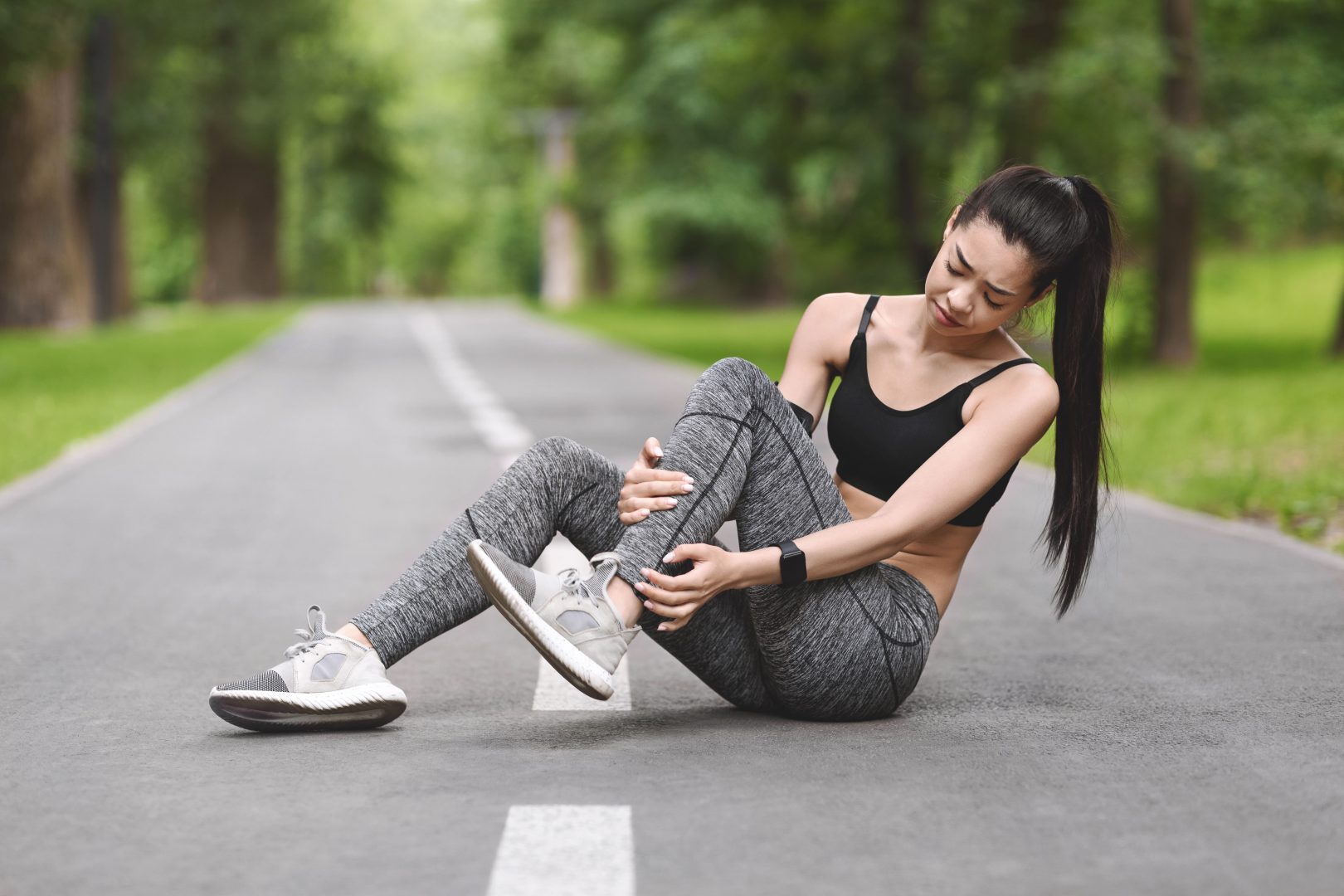Running is an incredible endorphin rush of exercise that creates all sorts of great benefits for your body. But it can come at a cost if you’re not properly prepared. Whether you’re a sprinter or a marathon runner, injuries can easily sneak up on you and put you on the sidelines for quite a while. At Pure Running, we want to do all we can to keep you out doing what you love for as long as possible.Â
We’ll be taking you through our top tips on how to stay injury-free while running. But first, what types of injuries are you trying to avoid and what are some of the common injuries that runners can experience?Â
Common running injuriesÂ
The motion and impact of your feet hitting the ground as you run can end up taking its toll on your joints and muscles if you aren’t careful. The most affected parts of your body when running are unsurprisingly the feet, legs and knees. Here are a few of the common running injuries you might have heard of or experienced yourself while running:Â
Plantar fasciitis – a common foot injury that involves irritation and inflammation of the tissue on the bottom of your foot.Â
Ankle sprain – This is something that we’ve all experienced, particularly if you’re running on uneven surfaces or out on hiking trails.Â
Hamstring injuries – Another common type of running injury, which can happen if you haven’t stretched your hamstrings or they’re particularly tired or weak.Â
Runner’s knee – This injury can happen with those who are more regular runners, often being caused by your kneecap being out of alignment.Â
Now let’s get into what you can do to stay injury-free while running:
Don’t forget to stretch!
You’ve heard it all before. Stretching is essential for avoiding injuries while running. Not only should you be stretching before you hit the road, trail or treadmill, but cooldown stretches are also important to avoid experiencing a muscle strain. Dynamic stretching is recommended before running, whereas static stretching is best for post runs.Â
Listening to your body is important in regards to stretching, as any little warning signs can usually be an indicator that you need to give those parts of your body a little more love. Ignoring these signs could see you experiencing some muscle soreness or strains when you’re out on a run.
HydrationÂ
Staying hydrated before your run is key to avoiding those awful muscle cramps that you can experience while exercising. On the days that you’re planning on running, make sure to drink more fluids throughout the day. Once you’ve completed your run, you’ll need to replenish the fluids lost through sweat within 10-15 minutes.Â
Functional Strength Training
Weak joints and small amounts of muscle support can increase your chances of sustaining an injury while running. Taking the time to work on functional strength training can help your muscles to feel stronger. These in turn offer more support to your joints, helping to absorb some of the impact that running can have on your body.Â
Stability in your joints is also key to avoiding injuries, which again is aided by regular strength training for your leg muscles.Â
Never Underestimate SleepÂ
Not only is sleep important for your physical and mental health, but it also provides the perfect time to recover and makes you a more effective runner. This downtime allows your body to make all the necessary repairs on muscles and restocks your glycogen stores, helping you to bounce back quicker.
Not having enough sleep will see your running performance plummet, as your body hasn’t been given the necessary time to recover and rejuvenate. You may also increase your chances of injury while out running. So never underestimate the importance of sleep in your lifestyle!
Find the perfect running shoesÂ
One of the top priorities for your running experience should be to find some comfortable and supportive running shoes. Countless numbers of runners experience issues with their feet, ankles and knees, which have all stemmed from non-supportive shoes which aren’t a suitable match for their feet. Depending on your specific requirements, you’ll need to find a shoe that is a perfect fit for your body.Â
It might also be beneficial to have a couple of different pairs of shoes, depending on the distance or terrain on which you’re running.Â
Stock up on the essentialsÂ
Take a look at the range of running products that we have on offer at Pure Running and make sure that you’re stocked up on all of the essentials. We offer everything from the super popular Goodr sunglasses to delicious recovery drinks, making your running experience more enjoyable and injury-free. Also, if you’re more prone to foot issues, make sure you check out our plantar fasciitis socks for some extra support and relief.Â
We hope that you’ve found these tips helpful and that you stay injury-free for as long as possible! All that’s left to do now is make sure that you’re putting all of these into action and getting back out there to smash your goals.









